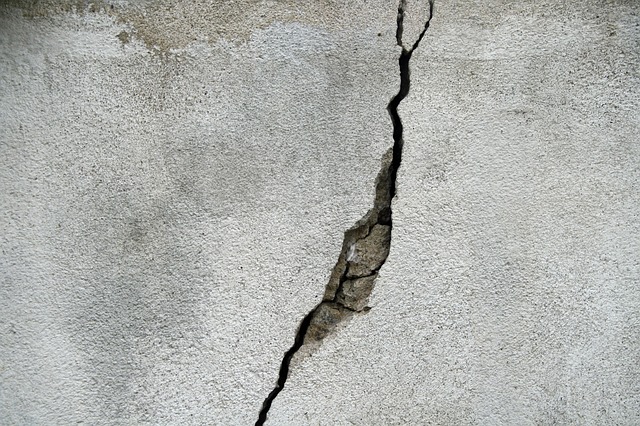
/Cracked-Individual-Ceramic-Tile-1500-x-1130-56a49f583df78cf772834ed2.jpg)
Sticking Windows and Doors: If the windows and doors are sticking for no apparent reason, it could mean there are numerous foundation problems.Issues with the roof, such as cracks, gaps, and other damage is a common sign of Gaps And Cracks In The Roof: When a foundation is compromised, even the highest point of a structure will be affected.When cracks jagged and at an angle, it could mean the structural integrity of the building is compromised. These cracks generally appear near doors and windows or underneath the mantles. Wall Cracks: Cracks along the wall are a sign of a foundation problem.Horizontal Cracks In Foundation: When there are horizontal cracks in a foundation it may be due to s build up of hydrostatic pressure.Visible Cracks In The Foundation: Cracks that are visible indication an issue in the foundation that requires repair.When these problems occur, it puts the foundation and the structure of a building at a risk and can lead to issues such as: You can see this reaction as it will often result in gaps between the edges of the slab and the wall of the foundation. Foundation ShrinkageĪs part of the curation process, concrete will naturally shrink over time. Similarly, those beneath the ground will grow more due to moisture. What’s more, brick walls exposed above grade are susceptible to expanding more rapidly. This is due to the brick’s natural tendency to slowly expand over time. Foundation Expansionįoundation expansion is most common for foundations that use brick. Two of the most common types of foundational problems are foundation expansion and foundation shrinkage. These problems compromise the integrity and stability of a home’s foundation. Foundational Problemsįoundational problems are caused due to extreme or chronic foundation settling.

The ongoing settlement stage is actually easier to handle and control as it can be monitored. The initial stages of settlement generally occur within the first few years while the ongoing settlement comes later and is caused by other factors, such as weather or corrosion. It is important to understand that settlement often takes place in two stages: the initial settlement and the ongoing settlement. A few inches of settlement is nothing to worry about, as long as it is evenly distributed across the structure. Again, every home will experience settlement over time. These conditions can have a direct effect on soil, causing it to expand and contract which can result in the house settling or sinking a few inches in a matter of weeks or months.

If there happens to be improper soil preparation or extreme weather conditions, a house may be at risk of sinking, even if it is brand new! This commonly happens to structures that are built during extreme weather conditions, such as a drought or heavy rainfall. That’s why before building it is vital to have a house settling analysis done, which can help predict how much a foundation will settle based on the soil type. Depending on the composition of the soil and the climate, a new home will gradually and naturally sink into the ground over time.

The two major factors of foundational settling are most commonly weather conditions and time. The all-encompassing term “settling’ in homes is used to describe the natural and gradual changes that take place in a foundation over time. That’s why, in this article, we are going to review and explain the differences between common foundation problems and foundational settling. For many homeowners, telling the difference between the two can often be difficult. When this occurs, you could be faced with either foundation settling or foundational problems. Every home and building tends to settle eventually due to the downward gravitational forces that puts pressure on the house foundation. Foundations are usually built on a concrete slab, which - over time - may begin to crack due to settling or other common foundation issues. The structural integrity of a home begins with its foundation. Maintaining the structural integrity of your home is a high priority, and when compromised, it is essential to know the exact action to take that will prevent further structural damage from taking place. That said, property damage caused by structural issues is one of the last things that you want to have to deal with. As a homeowner, your house is likely one of the most valuable assets that you own.


 0 kommentar(er)
0 kommentar(er)
